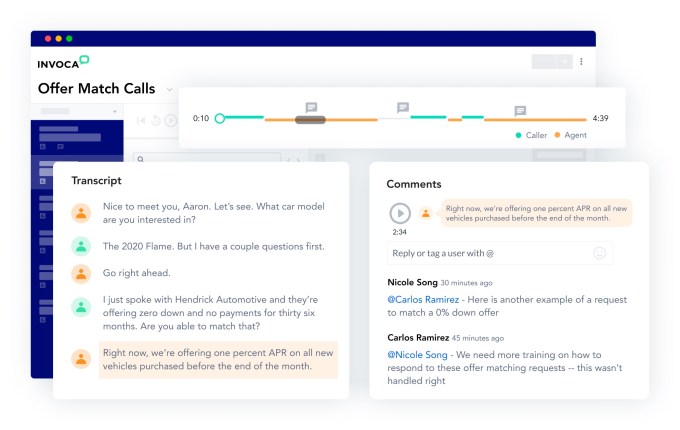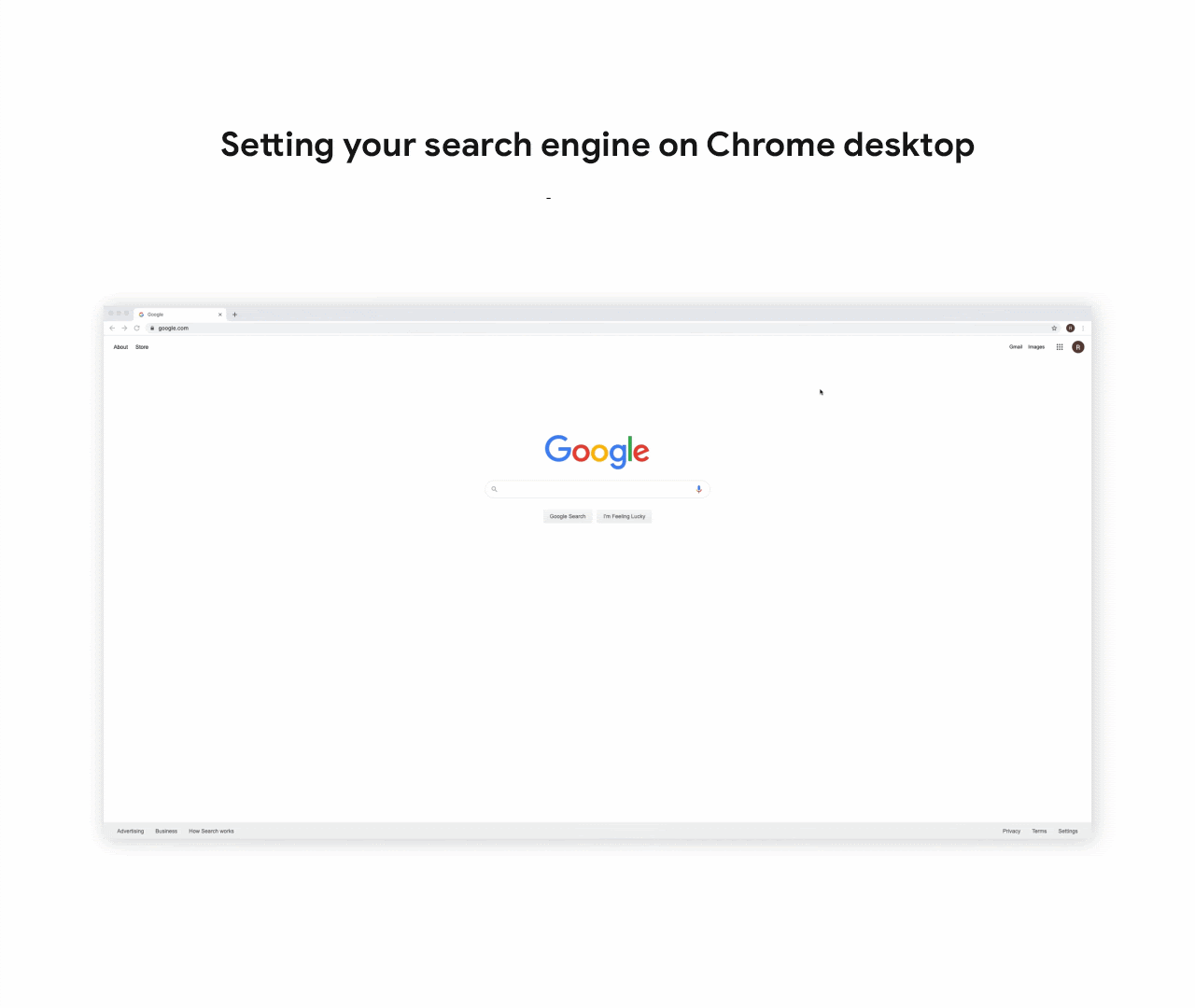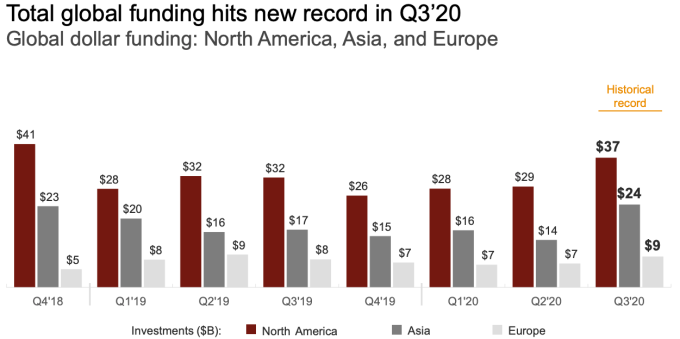News: Meadow launches a powerful mobile marketing tool for cannabis dispensaries
Meadow was once called the Amazon of weed. Now it’s trying to be the Salesforce of weed, too. Meadow, the maker of a popular point of sale system for cannabis dispensaries, is today launching new tools for its clients. Called the Meadow Platform, it includes two key tools for dispensaries: a customer relationship manager (CRM)
Meadow was once called the Amazon of weed. Now it’s trying to be the Salesforce of weed, too.
Meadow, the maker of a popular point of sale system for cannabis dispensaries, is today launching new tools for its clients. Called the Meadow Platform, it includes two key tools for dispensaries: a customer relationship manager (CRM) and a text messaging platform for mobile marketing. As the company puts it in the news release, this system is designed to let users push a button and sell more weed.
This system is designed to help legal weed proprietors serve its client base with deep insights and targeted marketing — all while abiding by the strict regulations governing the budding industry (pun intended).
Meadow’s POS system is widely used throughout the legal cannabis industry, giving retailers inventory management, analytics, online ordering, and more. Because of regulations, retailers have a wealth of information on their clientele, which Meadow’s system can use for target marketing. Since these new features are built-into the Meadow platform, instead of through a 3rd party add-on, Meadow says it’s protected by the same security used throughout the rest of its platform.
Current regulations make it difficult for dispensaries to market their wares. These retailers cannot fully utilize modern marketing channels such as social media, leaving most retailers with limited options outside of billboards. Meadow’s new solution brings standard marketing tools to dispensaries.
“Marketing is not one-size-fits-all, especially in cannabis. Dispensaries need tools to select which customers they want to talk to in order to send relevant messages and promotions,” said David Hua, CEO and Co-Founder of Meadow, said in a released statement. “Let brand-loyal customers know when their favorite brands release new strains, products, blends, or flavors. Tell customers about new hours or delivery and pick-up options. Send re-engagement offers to customers who have dropped off. Let members of your loyalty program know when they have points to cash in and include their point balance. Tip-off VIPs when a limited-edition strain becomes available and give them first dibs. This is the level of delight and sophistication that has been missing from cannabis marketing, and we’re very excited to debut it to dispensaries across California.”
David Hua, Harrison Lee, Rick Harrison, and Scott Garman founded Meadow in 2014. Since then, the company raised $2.1M and participated in Y Combinator’s Winter 2015 class. The company currently has 14 employees.
Building this product has always been part of Meadow’s goal, Hua tells TechCrunch. COVID-19 helped accelerate the need.
“[Meadow] has always had three core priorities,” Hua said. “The first was compliance, which we had a big checkmark at the beginning of this year. The second was operational efficiency, and now marketing. These dispensary owners, especially in this COVID-19 world, can talk directly to their customers again, bring in more revenue and give them more information on what’s happening. Now they can leverage Meadow’s platform to do promo codes, automated discounts, loyalty rewards; we have all that. So you could have a customer that’s ordering an early bird special at 9:00 am, and that’s a member of your senior group that gets 10% off. You can now send them a message regarding new topicals. Marketing just becomes more engaging.”










